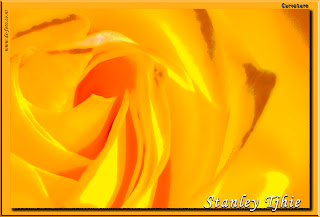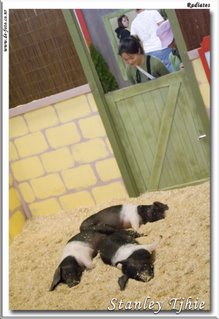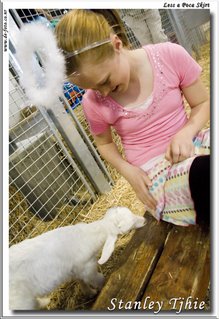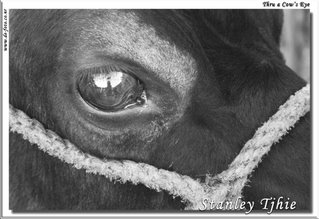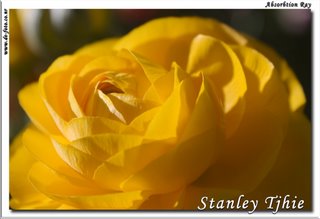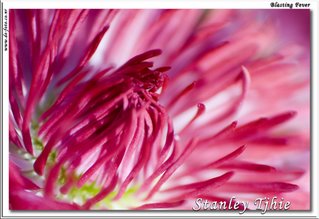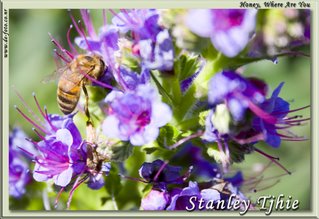This was my friend's car, Carla. Yes, was. She sold this car. In fact, this picture was taken originally to help her sell the car. The distortion of the corner of the car make it looks much bigger than normal. The combination of the Xenon white light and the orange turn light give a sense of warmth and excitement to the picture. The title of this post has been dedicated to my coming Physics exam which has a chapter on Doppler. Doppler is the different in the frequence of sound received when the receiver or/and sender are moving. This is v distinct in nascar when you heard the high pitched sound coming and after the car passes it will be followed with a low and deep sound.
The earliest headlamps were fueled by
acetylene or
oil and were introduced by drivers in the late 1880s. Acetylene was popular because the flame was resistant to wind and rain. The first electric headlamps were introduced in 1898 on the
Columbia Electric Car from the Electric Vehicle Company of
Hartford, Connecticut, but they were optional. "Prest-O-Lite" acetylene lights were offered by a number of manufacturers as standard equipment for 1904, and
Peerless made electrical headlamps standard in 1908. In 1912,
Cadillac integrated their vehicle's
Delco electrical ignition and lighting system, creating the modern vehicle electrical system.
Pop-up headlamps were introduced in 1937, on the
Cord 812. They were mounted in the front fenders, which were smooth until the lights were activated, aiding
aerodynamics when the headlamps were not in use. They also provided a means of fitting a large 7 inch round headlamp into an otherwise pointed front end.
HID stands for
high-intensity discharge, the technical term for the
electric arc that produces the light. Automotive HID lamps are commonly called 'xenon headlamps', because of the
xenon gas used in the lamps. The xenon gas allows the lamps to produce minimally adequate amounts of light immediately upon startup and speed the warmup time.
HID stands for
high-intensity discharge, the technical term for the
electric arc that produces the light. Automotive HID lamps are commonly called 'xenon headlamps', because of the
xenon gas used in the lamps. The xenon gas allows the lamps to produce minimally adequate amounts of light immediately upon startup and speed the warmup time.
There has been a recent resurgence in interest in the idea of moving or optimizing the headlight beam in response not only to vehicular steering and suspension dynamics, but also to ambient weather and visibility conditions, vehicle speed, and road curvature and contour. A task force composed primarily of European automakers, lighting companies and regulators began working to develop design and performance specifications for what is known as Advanced Front-lighting Systems, commonly "AFS". Manufacturers such as
Audi and
Lexus have released vehicles equipped with AFS since 2002. Rather than the mechanical linkages employed in earlier directional-headlamp systems, AFS relies on electronic sensors,
transducers and actuators. Other AFS techniques include special auxiliary optical systems within a vehicle's headlamp housings. These auxiliary systems may be switched on and off as the vehicle and operating conditions call for light or darkness at the angles covered by the beam the auxiliary optics produce. Development is underway of AFS systems that use
GPS signals to anticipate changes in road curvature.
Headlamps require very little care. Sealed beam headlamps are modular. When the filament burns out, the entire module is replaced. Most 1985 and later-model vehicles in North America use headlamp lens-reflector assemblies that are considered a part of the car, and just the bulb is replaced if it fails. There are many different bulb types, and they are not interchangeable, so the correct bulb for the specific vehicle year, make and model must be purchased. Manufacturers vary the means by which the bulb is accessed and replaced.
Headlamp aim must be properly checked and adjusted on a regular, periodic basis. Misaimed lamps are dangerous and ineffective.
Over time, the front lens can deteriorate. It can become pitted due to abrasion of road sand and pebbles. It can become cracked, admitting water into the headlamp. "Plastic" (polycarbonate), can become cloudy and discolored, turning yellowish. This is due to oxidation of the painted-on lens hardcoat by ultraviolet light from the sun and the headlamp bulbs. If it is minor, it can be polished out using a reputable brand of a car polish that is intended for restoring the shine to chalked paint. In more advanced stages, the deterioration extends through the actual plastic material, rendering the headlamp useless and necessitating complete replacement. Sanding or aggressively polishing the lenses can buy a small amount of time, but doing so removes the protective coating from the lens, which when so stripped will deteriorate faster and more severely.
The reflector, made out of extremely thin vaporized aluminum deposited on a metal, glass or plastic base, can become oxidized or burnt and lose its specular reflective properties. This can happen if water enters the headlamp, if bulbs of higher wattage than specified is used, or simply with age and use. If the reflector when viewed by itself is not mirror-perfect, the headlamp should be replaced, for reflectors cannot effectively be restored
(courtesy
wikipedia.com)






